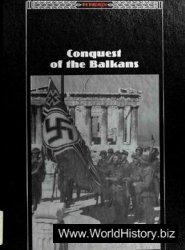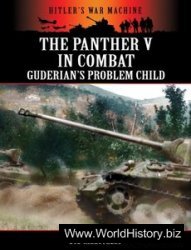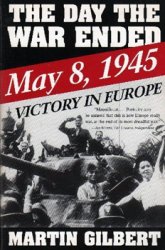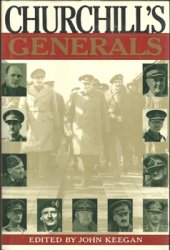Generally speaking, the most common animals to be found on Celtic farms were cattle, sheep, pigs and horses. In addition, there is evidence of goats, ranched deer, farm dogs (used as guard dogs, sheepdogs and waste-scavengers) and cats to keep down vermin. But within this general scenario, there were certain differences between settlements, and changes occurred through time. An interesting view of hillforts is that the function of some may have been either wholly or partially as stock enclosures.12 Thus in the late period of Danebury (between 400 and 100 BC) the middle earthwork may have been added to form an enclosure or paddock for the protection of stock. When the outer earthwork was built, additional corralling space became available: this represents either an alteration in the system of farming in the latest phases of the hillfort, the existence of larger flocks and herds, or possibly increased tension
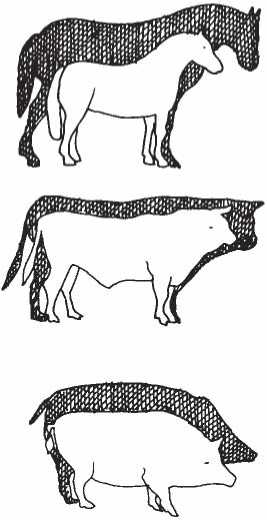
Figure 2.2 Sizes of modrn and ancient Celtic animals compared (cross-hatched animals modern). Paul Jenkins, after Meniel.
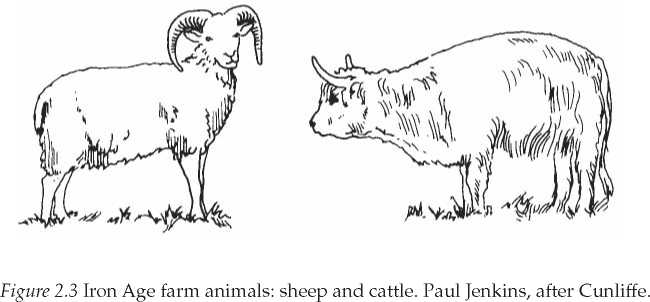
Resulting in the need for greater protection for stock.13 Certainly by the first century AD stock enclosures were a feature of a great many Iron Age farmsteads in Britain,14 and this may reflect an increasing population with a consequent requirement for more stock.
Mixed farming was carried out at most farms. In Britain, it used to be thought that there was a major distinction between the pastoral economies of the 'Highland Zone' of the north and west and the arable exploitation of the south and east. But whilst it is undoubtedly true that there was some regional specialization and that differences existed between the use of upland and valley ground, it is none the less clear that agriculture and stock-rearing were highly interactive and interdependent. Fields were cleared of grass and weeds and manured by stock before going under the plough, thus benefiting from the presence of farm animals. The beasts in turn gained supplementary nourishment from the residue of cereal production.15
Work in Wessex and the Thames Valley, by Annie Grant among others,16 has thrown a great deal of light upon the integration between settlements on different soils - between high downland and valley exploitation. By the third century BC, if not before, farms in this region were developing a certain degree of specialization within a stock-rearing economy, with divergences based upon differing environments. Chalk downland sites, like Danebury, had more sheep, while low-lying gravel farms like Ashville (Oxon.) and Odell (Beds.) possessed larger numbers of cattle. There could be seasonal factors involved here. Colin Haselgrove17 has suggested that developed hillforts like Danebury were perhaps only fully occupied during the winter months. The preference for sheep on high ground and cattle in the valleys is based entirely upon practicalities: sheep flourish on the relatively poor pasture and scarce water of chalk downland whilst the damp of the river-gravels tends to rot their feet and render them susceptible to liver-fluke. Cattle, on the other hand, thrive on the lush grass of the river valley-bottoms and need far more water than sheep do. Even so, there is evidence that cattle, sheep and pigs were all exploited to some extent in each of these environments, implying that different ground-types were used by the occupants of both downland and valley settlements and suggesting a symbiotic relationship between the communities inhabiting the different areas. Annie Grant argues convincingly18 that an example of such interaction may be witnessed in the case of Danebury. This great fortified hill-settlement produced evidence of cattle-raising only on a modest scale (compared to the very large numbers of sheep on the site) but down in the neighbouring Test Valley are two Iron Age settlements, Little Somborne and Meon Hill, both of which reared cattle on a much larger scale. Grant's thesis is that the three sites may have been linked economically and that cattle may have been bred only at Danebury, but were kept and raised on good valley pasture on the lower ground nearby. A reverse situation may have pertained in the Thames Valley: here the Iron Age settlement at Farmoor can have had only a seasonal occupation since it would have been flooded by the river in winter. It is possible that the Farmoor community had sheep which were kept on high ground, while their cattle were sent to safe levels elsewhere during the winter. Certainly, as Andrew Fitzpatrick suggests,19 flocks and herds of viable breeding size could not have been sustained by each and every community. So there was bound to be some interaction between settlements for their mutual benefit. Fitzpatrick envisages traditions whereby people from different communities gathered together at periodic intervals for the birth of young livestock, for the arrangements for seasonal use of uplands and lowlands and for exchange markets.
In Gaul as well as in Britain there were preferences for certain stock animals over others in particular settlements or kinds of settlement: on native farms, cattle were favoured, with pigs being less frequent. Hornaing (Nord) specialized in cattle, horses and intensive sheep husbandry. By contrast, the community at Beauvais (Oise) in the late La Tene period seems to have concentrated on pig-rearing.20 Many trends towards one type of husbandry or another are associated with different chronological phases. In Britain and, to an extent, in Gaul, pigs became more popular in later free Celtic times, and the Roman predilection for pork is reflected by their increased frequency on Romano-Celtic sites.21 Barbara Noddle22 has made a comparison of the bones of the primary domestic species - cattle, sheep and pigs - from ten multiperiod (Iron Age and Romano-British) sites. Within the sample, she traces a general increase in cattle through time, balanced by a decline in sheep. At Danebury, there was no perceptibly significant change in animal husbandry traditions in its 500 or so years of occupation. However, here there seems to have been an increase in sheep whilst cattle and pigs were in decline in later periods. The paucity of pigs by the second
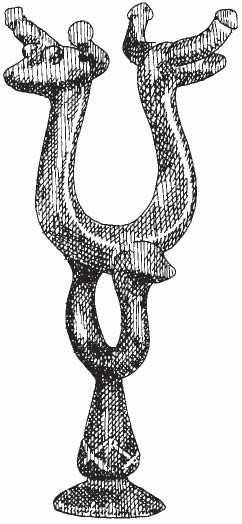
Figure 2.4 Bronze rein-ring decorated with knob-horned bulls' heads and bird head, second to first century BC, Manching, Bavaria. Height: 9cm. Paul Jenkins.
Century BC has led Barry Cunliffe23 to speculate that this may have resulted from the over-use and/or demise of woodland in the area (forest being the favoured habitat of pigs). Although sheep were especially dominant at this late phase in Danebury's history, the faunal remains indicate that the Danebury community had to cope with the scourge of mouth disease in their flocks.
The Iron Age economy remained mixed both in species and in methods of management throughout its duration. The advent of the new Roman culture made itself felt in many ways, but it did not alter essential indigenous patterns of animal husbandry. The Roman army liked its pork and this is reflected in the animal remains, but increased use of pigs was a trend already present in the later Iron Age, as witnessed at the preRoman oppidum of Silchester. Cattle became increasingly important in Roman times, not only for meat but also for leather. But the lack of any fundamental change between the free Celtic and Romano-Celtic traditions is shown by the fact that animals other than pigs were still mainly killed for food only when they were mature and after they had already fulfilled their other economic functions - the provision of wool, traction or milk.
This is a distinctive characteristic of Iron Age animal exploitation.24 Animals in the Celtic world were sometimes consumed at the optimum time for meat (i. e. at the onset of maturity or adulthood), but many were kept longer, implying that the use of cattle and sheep as meat was a consideration secondary to those of pulling-power and wool production. There were exceptions to this: pigs were raised primarily for their meat and fat and were thus generally killed when they were fully grown but their meat was still at its most tender - when the animal was about 2 years old. Weak or diseased stock might also be slaughtered young. Surplus new-born animals might be killed off in the spring and extra males or barren females might be dispatched before winter came with its necessity for supplementary feeding. It was important to keep flocks and herds at their optimum level.25
Whilst each species of stock had particular needs (see pp. 12-21), Iron Age communities had to come up with solutions to many problems common to the maintenance of all domestic animals. One was protection against predators (whether human or animal) and against the weather. This could be at least partially overcome by the building of enclosures: at Danebury, for instance, the pregnant ewes and cows may have been enclosed so that they could be kept under surveillance and receive special attention. Dogs may well have been used to protect stock. At Danebury, the many slingstones found at the hillfort may represent not conventional warfare but the protection of flocks by the driving off of predators. Slingshot could also have been used to drive flocks in particular directions - by aiming the slingstone so that it landed behind the animals.26 Another problem to be overcome was that of winter feeding, when both flocks and herds would require supplementary fodder, but Peter Reynolds27 has stressed that it is ludicrous to imagine a mass autumn slaughter of stock simply because of the difficulties of winter feeding, though this used to be the accepted view. Various supplementary feeds could be used: hay was undoubtedly one; leaf-fodder gathered from local woodland another. Cattle could be fed on a mixture of barley and chaff but also perhaps unripe barley was cut with its straw and stored on rick-stands for winter use.28
The farming year was closely linked with the natural life of plant and animal. In autumn, winter and spring, ploughing would be preceded by manuring the fields. Spring was lambing and calving time; summer saw not only the harvest but the shearing of sheep. In late autumn, meat would be slaughtered and cured for storage; now was the time for sheep to receive such attention as hoof-trimming. In winter, supplementary food and water would be organized for wintering stock.29
THE ANIMALS ON AN IRON AGE FARM
Cattle
The cattle of the Celtic Iron Age were smaller, lighter and more slender than either Roman or modern cattle,30 and they belonged to a now extinct shorthorn type called Bos longifrons. British Iron Age cattle were the progenitors of Irish Kerry Cattle and Welsh Black Cattle. At his experimental Iron Age farm at Butser in Hampshire, Peter Reynolds keeps a small herd of Dexter cattle, a type bred from Kerry Cattle in the nine-
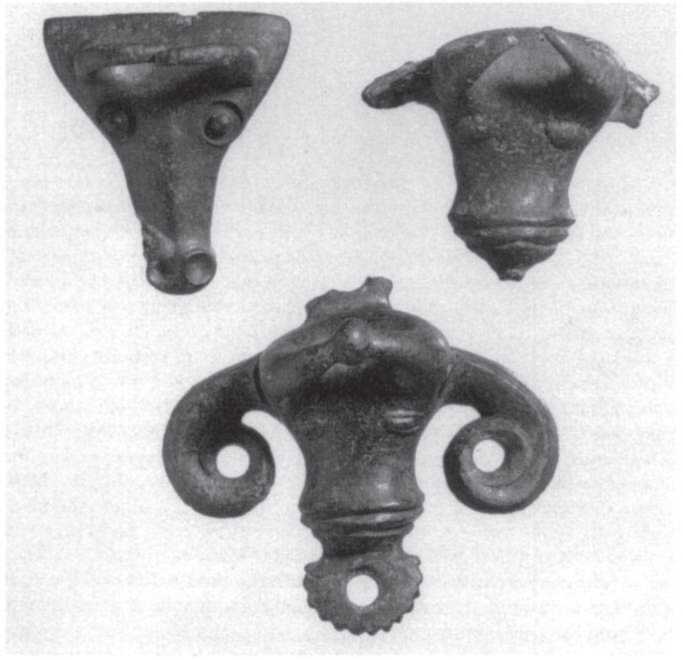
Figure 2.5 Bronze bull-head bucket-mounts, first century BC to first century AD, from a hoard of five, found on the Little Orme, Gwynedd. By courtesy of the National Museum of Wales.
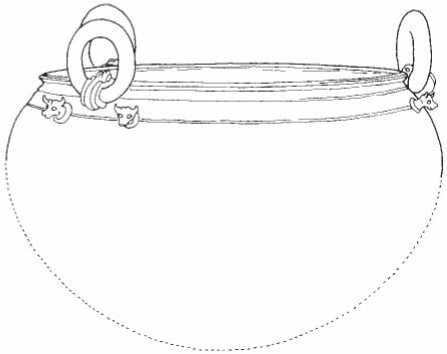
Figure 2.6 Reconstruction of a bronze cauldron with bull-head mounts, third century BC, Bra, Denmark. Height of cauldron: c.70cm. Miranda Green.
Teenth century. They have amenable temperaments, do well on relatively impoverished pasture and are hardy winter survivors.31 The Butser experiment set out to create a farm which reflects as closely as possible the agricultural techniques and the species of animals and crops of southern England during the later first millennium BC. As far as cattle are concerned, Peter Reynolds has answered a number of fundamental questions about the tending, management and exploitation of these beasts. A major problem of cattle-maintenance is water-supply: a cow will consume as much as an average of 16 gallons of water a day. A second problem concerns feeding: the pastures on which cattle grazed would have had to be managed and controlled, with certain grassland areas set aside for haymaking.32 Cattle would either be kept around the farm, especially if they were used for traction (see pp. 27-9), or be herded in large enclosures or ranches,33 particularly, perhaps, if their hides were going to be used. But at Danebury cows were probably corralled during pregnancy, for their protection and to give them extra feed, and so that, later, humans could take advantage of some of the milk produced for the calves.
Study of some Iron Age sites in Gaul and Britain throws light on some aspects of cattle management. That they were important to the Celtic economy is in no doubt: their bones are found in some numbers on most settlement sites. Danebury seems to have been a centre for breeding cattle, although they were present in far fewer numbers than sheep. The large numbers of young calves found here indicates that calving (like lambing) took place either inside or in the vicinity of the hillfort, where the cows
Could be tended and watched. Gussage was also a breeding-centre: excavators discovered the body of a cow that had evidently died in calving; the calf was still in an incorrect position in the womb, forefeet first, a problem which is very difficult to rectify.34 Cattle at Danebury were killed, at the end of their useful lives, when they were turned into meat (probably rather tough), hides, sinew, bone and horn objects. Their primary use seems to have been for traction, milk or simply as a unit of wealth.35 If cattle are not bred primarily for their flesh, their first few years are unproductive: a young ox cannot be used to pull a load nor will a cow become a milk-producer or breeder until it is mature. It would therefore make more sense to keep cattle somewhere where supplementary feeding was unnecessary while they were too young to contribute to the economy. This may account for the lack of juvenile cattle at Danebury: young animals may have been driven to the good grasslands of the Test Valley until they were old enough to be useful.36
In Gaul, the exploitation of cattle seems to have been essentially similar to that of southern Britain. On many north Gaulish settlements, the cattle represented by the adult bone remains are mainly cows, the bull-calves having been killed off when they were young. This occurred, for instance, at Epiais-Rhus and at Villeneuve-Saint-Germain (Aisne). Cows were kept for milk and for breeding; a few bulls would be retained to maintain the stock; the rest would be oxen raised for traction. Again, as in Britain, the animals were generally not eaten until they were too old to be useful as living beasts.37
Classical commentators on the Celts allude to the consumption of milk and meat, though the flesh of pig and sheep is considered more important than beef.38 It was the Germans whom these Mediterranean writers saw as the great cattle-owners and herdsmen. Caesar says '. . . the greater part of their food consists of milk, cheese and meat'.39 His comments could refer equally to sheep as to cattle, but Tacitus is more explicit.40 He says that the number of cattle they possessed was the key to their status. He describes cattle as the most highly prized possessions -

Figure 2.7 Bronze sword-scabbard engraved with bulls, fifth century BC, from a grave at Hochscheid, Germany. Width of scabbard: 5cm. Paul Jenkins.
Indeed the only riches - of these people.41 This is interesting because Tacitus is describing a society which is very like that chronicled in the early Irish literature as pertaining to Celtic communities. In Ireland, a cow and a female slave (a cumal) were both units of value, the main measure of wealth being cattle. Many early Irish stories tell of valuable herds of cattle, and raids between neighbouring communities were the norm. The most famous prose tale in the Ulster Cycle is the 'Cattle Raid of Cooley' (the Tain Bo Cuailnge'): the whole story revolves around the desire of Queen Medb of Connacht to gain as superb a bull as that owned by her consort Ailill. Her heart is set on the acquisition of the Brown Bull of Cuailnge in Ulster, described as thickbreasted, narrow-flanked, with a magnificent mane on his neck, and glaring eyes.42 The two rulers boast of their possessions, vying with each other for supremacy, but it is cattle which mean the most to them.43 The Ulster hero Cu Chulainn brags that he has slaughtered 'hosts of cattle, men and steeds'.44 The great Insular pastoral festival of Beltene at the beginning of May traditionally marked the time of year when cattle and sheep were taken up to the high pasture, after purificatory fire festivals in which the herds were driven between two banks of flame.45
The breeding capacity of the cow was the basis of her value. Numbers were held to be important in both early Ireland and Tacitus's Germany. Interestingly, it is true for some herding societies of the present day: in Botswana, for example, the number of cattle is all-important to the Kalahari herdsman, irrespective of the condition or the fatness of individual animals.
Sheep
Two thousand years ago, a group of Celts went, with their sheep, to live on the islands of St Kilda off the north-west coast of Scotland. These sheep were the ancestors of the present-day Soay sheep which still live there and whose skeletal structure compares very closely with remains of Iron Age sheep in Britain and Gaul.46 These animals look more like goats than sheep; they are brown with white underparts, slender, fleet of foot, and both sexes have horns. They wander widely over the land and cannot easily be controlled with dogs. Indeed, as Peter Reynolds comments, a Celtic shepherd 'followed if not pursued his flock'. Soay sheep shed their long hair in an annual moult at the beginning of summer, and Iron Age people probably tried to pre-empt this and to pluck the hair before it was scattered (see pp. 30-2).
In general, sheep were kept for wool, milk and meat but, like cattle, they were often not killed until they were old and past their best for consumption.47 This means that sheep were valued primarily for their live contribution to the economy. The excavations at Danebury and the
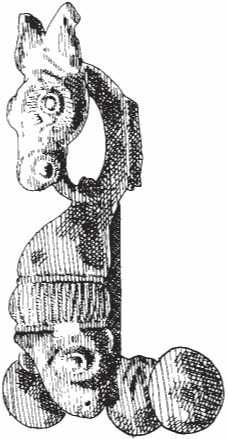
Figure 2.8 Silvered bronze brooch in the form of a horse's and a ram's head, fourth century BC, Durrnburg, Hallein, Austria. Length: 4cm. Paul Jenkins.
Work at Butser have contributed greatly to our understanding of the raising and management of sheep. Much Iron Age land must have been covered in fields, and sheep were probably grazed on these fields in rotation, where their dung could enrich the soil.48 But if the wide-ranging Soay sheep were allowed to wander at will, then the new arable crop would have been in jeopardy from grazing, so there must have been some control or corralling system to protect the fields. Certainly, there must have been shepherds: one of the scenes on the rocks at Camonica Valley depicts a shepherd guarding his flock, armed with a long pole, perhaps a spear.49
Analysis of the faunal remains at Danebury shows that more than 70 per cent of the animals kept by the hillfort community were sheep. Some of them died young; a good proportion of these were killed at about a year, probably after they had been fattened on spring grass. The presence of the bones of new-born lambs indicates that the pregnant ewes were rounded up in early spring and brought in from the downs within the fort enclosure.50 This had the added advantage that, if the neo-natal fatality rate had been high, the bereft ewes could provide milk for the people. Ewes do not lamb until they are 2 or 3 years old: decisions would have been taken as to which animals to slaughter young for meat and which ewes should be allowed to breed and to produce wool.
The predominance of sheep at Danebury reflects a situation occurring elsewhere in central southern England. Normally, wool was their prime function, with meat only secondary: Iron Age Britons often had to make do with tough, elderly mutton. The downlands, with their limited water and poor grass, are ideal for sheep-rearing. The Glastonbury lake-villagers produced wool on a large scale:51 their sheep may have been pastured on the nearest higher, well-drained soil. There was intensive sheep-rearing in many areas of Britain outside Wessex and the southeast, notably in the Welsh highlands, northern England and Scotland,52 just as it is today. In later periods of the British Iron Age, there was a general reduction in sheep, and cattle became more dominant: at Danebury there were still a great many flocks in the second century BC, but they were ravaged by disease, as we have seen.53
As with cattle, there is literary evidence for Celtic sheep-rearing. Strabo54 comments on the raising of flocks and the production of wool: he says of the Gauls, 'they have enormous flocks of sheep'. In early Ireland, sheep were clearly a major source of wealth: in the 'Tain', the flocks of Queen Medb and King Ailill of Connacht are described thus: 'Their great flocks of sheep were brought from the fields and the lawns and the level plains. . . . But among Medb's sheep was a fine ram with the value of a cumal.'55
Before we leave the subject of sheep, its close relative, the goat, should be mentioned. It is sometimes difficult to distinguish goats from sheep in the archaeological record, but the general picture seems to have been that goats were far less common. Goats are good milk-producers, and they would have been useful as browsers of weeds,56 but they would have to have been carefully controlled, otherwise they would have destroyed the growing crops. The probability is that each farming community may have kept a few goats tethered around the farm buildings. Goats are less hardy than sheep; they dislike the damp and can be killed by cold, so they are unlikely to have competed seriously with sheep, especially in Britain and northern Gaul. They are much more at home in the hotter, drier climate of Mediterranean Europe.
Pigs
Their pigs are allowed to run wild and are noted for their height, and pugnacity and swiftness. . . they have such enormous. . . herds of swine that they afford a plenteous supply for. . . salt meat. . . . They have large quantities of food together with milk and all kinds of meat, especially fresh and salt pork.57
Pig-keeping is traditionally associated with the Celts. The early Welsh group of mythological tales, the Four Branches of the Mabinogi, tells of the first pigs or hobeu in Britain, gifts from Arawn king of the under-
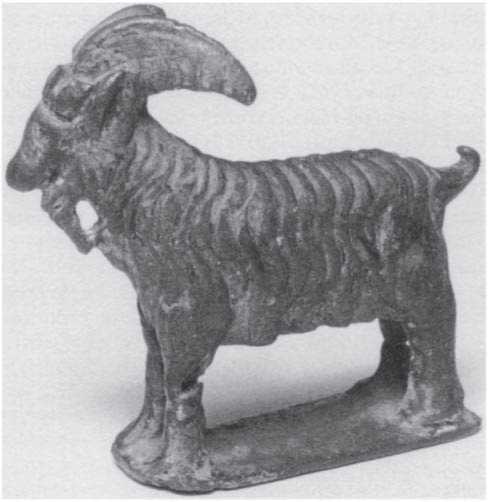
Figure 2.9 Bronze goat figurine from the Roman legionary fortress of Caerleon, Gwent. By courtesy of the National Museum of Wales.
World to Pryderi, lord of Dyfed, and the subsequent bloody war between Gwynedd in the north and Dyfed in the south for possession of these coveted creatures.58 Pigs seem to have been equally important in the economy and mythology of early Ireland.59 Here, pork is frequently mentioned in the Insular literature, often being associated with the 'champion's portion'.60 The 'Tain Bo Cuailnge' relates the story of two great bulls who were once human pig-keepers called Fruich (Bristle) and Rucht (Grunt).61
Pigs were and are kept almost exclusively for their meat: they are a very valuable resource in that they are able to eat virtually anything and convert a great variety of organic matter, inedible to other species, into high-quality meat.62 It is often thought that the Celts spent much of their time hunting boar and that this was their source of pork, but it is clear from the faunal record63 that most pig bones on Iron Age sites are those of the domestic pig. None the less, Peter Reynolds has made the point64 that the piglets of wild pigs are easily tamed, so perhaps wild and domestic pigs were sometimes treated similarly and even interbred.
Iron Age pigs were probably maintained semi-confined, herded rather than kept in sties, and allowed to forage in the woodland to which they are particularly suited.65 They are adaptable creatures and ideally should have access to wooded areas, so that they do not compete unnecessarily with humans for land and food.66 Pigs actually contribute to the management of woodland in that they keep down unwanted shrubs and undergrowth. But they are also useful in agriculture: if they are turned out onto the fields in spring and autumn, they will break up, turn over and manure the soil before the ploughing.67 Being good scavengers, they will clean up after the harvest and aerate the earth ready for the new cycle of crop-sowing.
In Gaul, pigs were consistently important throughout the Iron Age, though other species might fluctuate in popularity according to time.68 In Britain, pigs were never as common as in Gaul, but they generally increased towards the end of the Iron Age and during the Roman occupation.69 Pigs breed fast and, if the herd were carefully managed, it would be possible both to keep sufficient breeding-stock to maintain the herd and to rear the remainder for slaughter in prime condition (at about two years old).70 Many of the males would have been killed while they were still young, but the sows were kept alive longer for breeding. This occurred on a number of Iron Age settlements studied by Patrice Meniel in northern Gaul.
Danebury is again a useful type-site for the analysis of pig-rearing practices in southern Britain. Pigs were not very numerous here but
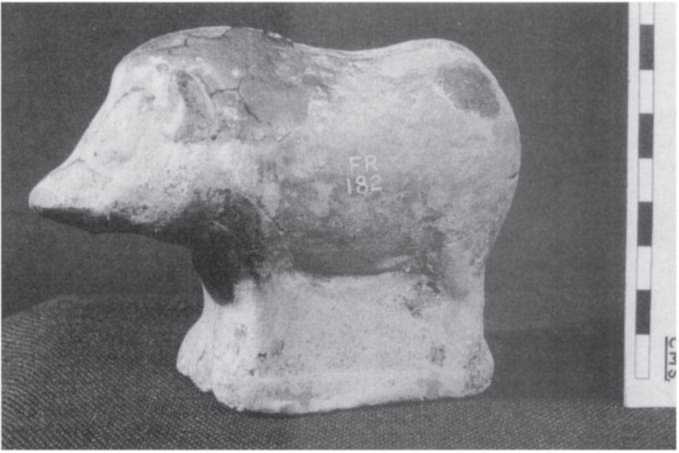
Figure 2.10 Romano-British clay pig-figurine, Birrenswark, Scotland. Reproduced by courtesy of the Trustees of the National Museums of Scotland.
Were present in some proportion during the entire period of occupation. Though Danebury is on downland, there is heavy clay soil nearby which would have supported woodland and therefore pigs. But by the second century BC there was significant local decline in pigs (contrary to evidence elsewhere in southern England), perhaps the result of a decrease in the quantity or quality of the local forest.71 The bone evidence at Danebury conforms, however, to the general pattern of usage seen on other British sites. Pigs must always have been invaluable as a steady source of meat, even if other species were sometimes consumed for preference. But in Gaul, the pig played a much greater role in the human diet.
Horses
Horses were the common companions of humans by around 1600 BC in much of Europe.72 At Camonica Valley in north Italy, the rock carvings date from the Neolithic to the Iron Age. Here, horses are first depicted in any numbers in the very last phase of the Bronze Age (c. 1000-800 BC). The images show horses as display animals or as mounts for warriors, and they are depicted pulling funerary wagons to the tombs of the highranking dead.73
Celtic Iron Age horses were small and light compared to Roman horses (see chapter 4). The livestock at the Butser experimental farm includes the Exmoor pony, which is not dissimilar to the small, fast and tough horses of the British and Gaulish Iron Age.74 On Celtic farms they were used for riding (perhaps for rounding up herds), as pack or draught animals, and they were also eaten. The evidence from Danebury, Gussage All Saints and from some Gaulish sites suggests that horse-breeding did not take place within the confines of farmland, but that horses were rounded up and trained as and when required (indeed the slings found at Danebury could have been used in the hobbling of horses). That horses were not bred on these sites is suggested by the paucity of the bones of young horses in the faunal record.75 The Danebury animals were mainly male, and the implication is that the mares were allowed to run free with the herd. But in the latest phase of the hillfort's occupation, there seems to have been a shift in horse-management practices: young horses are represented in the bone assemblage, indicating that breeding did now take place on site.
Sometimes there is evidence as to how horses were used. The animal is relatively common on some Gaulish settlements, such as Chevrieres and Creil in the Middle Oise.76 On such Gaulish habitation sites, horses were killed young, probably for food;77 but at Danebury horses, like cattle, were generally eaten only at the end of their useful lives.78 Horses could be employed to pull light loads: the analysis of the wear on the
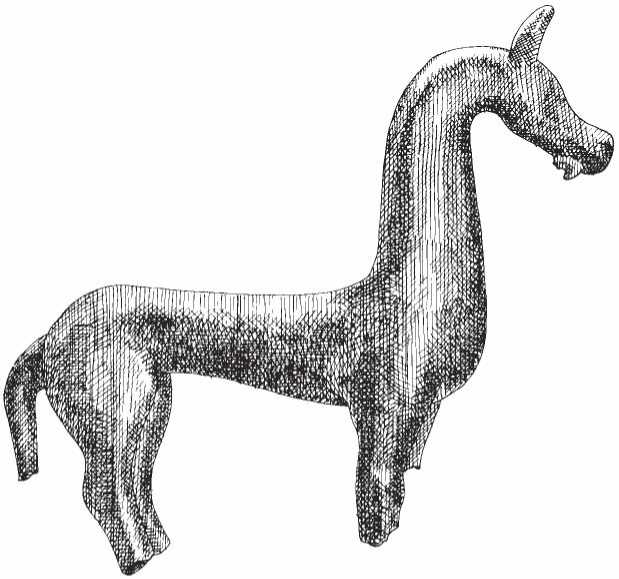
Figure 2.11 Bronze figurine of a horse, fifth to fourth century BC, Freisen, Germany. Length 12cm. Paul Jenkins.
Horse bones at Gussage indicates that here they were used as draught-animals or pack-horses,79 perhaps for hauling carts of produce. Donkeys were known only in the very late Iron Age in Gaul, as at Hornaing (Nord); it is possible that they were introduced by the Romans.80 They would have been used, as today, as beasts of burden.
In early Celtic Ireland, during the first millennium AD, it is clear that horses, like sheep and cattle, were considered as symbols of pastoral wealth: Cu Chulainn of Ulster boasted that he had slaughtered 'hosts of cattle, men and steeds'.81 The Tain speaks thus of the horses belonging to the royal court of Connacht, Ulster's enemy: 'From grazing lands and paddocks their horses and steeds were brought to them. Medb had a splendid horse which was valued at a Cumal'.82
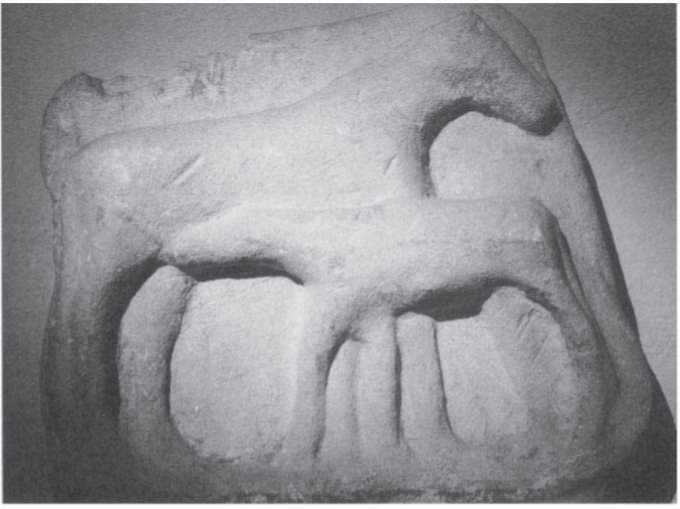
Figure 2.12 Romano-Celtic stone relief of a mare with suckling foal, Chorey, Burgundy. Miranda Green.
Other farm animals
Deer
It is usual to classify deer as a wild species, hunted both for sport and to protect arable land from its depredations (chapter 3). But the bones of red and roe deer found on some habitation sites could represent something more than sporadic hunting. The so-called ranch boundaries of later prehistoric Britain could reflect deer management as well as cattle-herding. It is possible to envisage an annual round-up of deer within these boundaries, followed by any culling deemed necessary or advantageous.83
Chickens and other birds
Domestic fowls were known in Hallstatt and La Tene times in temperate Europe: remains of chickens dating to the sixth century BC have been found at the Hallstatt stronghold of the Heuneberg in Germany. Fowls were common in the Mediterranean world from at least the sixth century. The

Figure 2.13 Wooden carving of a stag, second century BC, from a Viereckschanze at Fellbach-Schmiden, Germany. Height: 77 cm. Paul Jenkins.
Chickens of the Celtic Iron Age were Red Jungle Fowl, imported from India or the Far East.84 Chickens were kept for their eggs and flesh, especially during the later Iron Age in Gaul and Britain. They are often poorly represented archaeologically, since their fragile bones are easily fragmented or destroyed by dogs or pigs. But in Gaul the bones occur in the protected context of graves, where they are found to be of moderate size, smaller than those of the Roman period. A silvered metal model of a cockerel comes from the Gallo-Roman sanctuary at Estrees-Saint-Denis (Oise) (figure 2.14).85 A brooch in the form of a hen comes from the much earlier context of the princess's grave at Reinheim, dating to the fourth century BC (see chapter 6). In Britain, chickens arrived later than in Celtic Europe. Caesar86 indeed stated that the
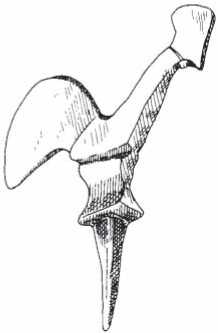
Figure 2.14 Bronze fowl from a Romano-Celtic sanctuary at Estrees-Saint-Denis,
France. Paul Jenkins.
Britons shunned geese and chickens as food. But none the less, remains of domestic fowl are found among food debris in Iron Age Britain, for example in the late period at Danebury.87 The keeping of chickens greatly increased during the Romano-Celtic period.
Geese and ducks were kept on some farms. Peter Reynolds88 considers that they are likely to have been greylag geese and mallard ducks. Both birds appear as funerary offerings in Gaul.89 Pliny refers to the keeping of geese among the Morini of the Netherlands.90 In the Romano-Celtic period, both geese and ducks are represented in religious iconography (see chapter 8).
Dogs and cats
Strabo91 mentions the export of British dogs for hunting. Certainly (see chapter 3), they would have been invaluable in sniffing out, bringing down and retrieving prey, and also in protecting their masters from savage beasts such as boar and bear. Faunal remains, iconography (mainly of the Romano-Celtic period) and vernacular Celtic literature all indicate that there were many different types of Celtic dog, from the deer-hound so splendidly represented at the Lydney sanctuary92 to small terriers and lapdogs (figure
2.15).93 Classical writers mention both large and small hunting-dogs and stress that British dogs had an especially fine reputation. Greyhounds are specifically mentioned in the early Welsh literature: they formed some of the many gifts presented to Pwyll by Arawn, lord of the Otherworld, in the First Branch of the Mabinogi. Two greyhounds accompany Culhwch, when
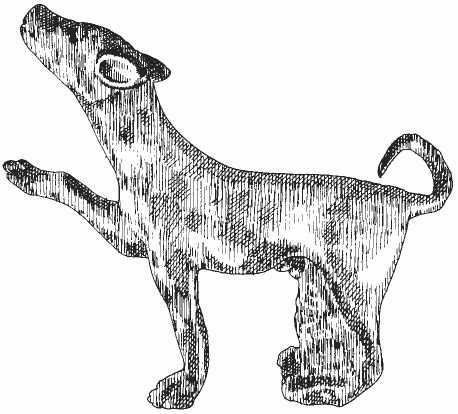
Figure 2.15 Romano-British bronze figurine of a dog, Kirkby Thore, Cumbria.
Paul Jenkins.
He sets out in all his splendour to visit his cousin Arthur, in 'Culhwch and Olwen'.94 The guardianship aspect of dogs in Celtic life is amply illustrated by one of the stories of the early life of Cu Chulainn: he kills the hound of Culann the Smith and, in recompense, pledges himself to act as guard dog in its place (see chapter 7).
Around the farm, dogs were useful not only as guard dogs but also as scavengers. A range of dog types and sizes is represented at Danebury.95 At Camonica Valley, sheepdogs are depicted,96 although Reynolds has argued that dogs are ineffective in controlling the wayward Soay sheep. Dogs would help to keep the farmyard free of vermin, especially rats, which would threaten the stored grain. But in addition, there is evidence that dogs were eaten,97 both on habitation sites and as part of ritual feasting, as at the sanctuary of Gournay (Oise). Dog pelts were also utilized: there is archaeological evidence for skinning at the Iron Age cemetery of Tartigny (Oise) (chapter 5).98 Diodorus Siculus remarks of the Celts: 'When dining, they all sit not on chairs but on the earth, strewing beneath them the skins of wolves or dogs'.99
There is evidence for cats in the British Iron Age, indeed the earliest record for the domestic cat in Britain. Cats, including a small kitten, lived at Danebury. At Gussage All Saints, there were several cats, mainly juveniles: five new-born kittens died here and were disposed of together. The presence
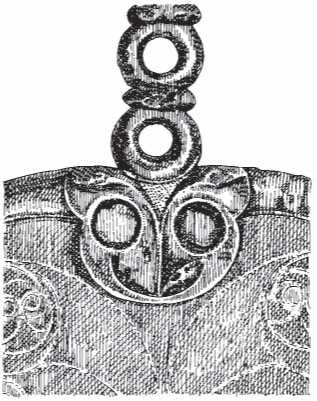
Figure 2.16 Bronze mirror-handle with cat's head terminal, first century BC to first century AD, Holcombe, Devon. Height: 37.2cm. Paul Jenkins.
Of young animals indicates that they were bred on site, perhaps primarily to keep down mice and rats. But equally, some cats may have been pets.100




 World History
World History